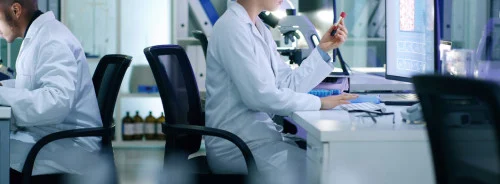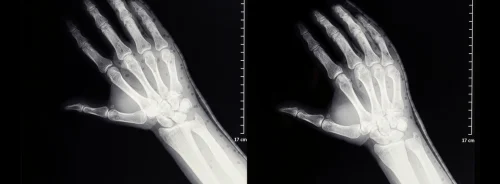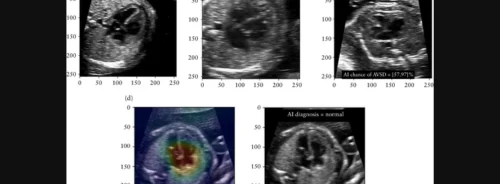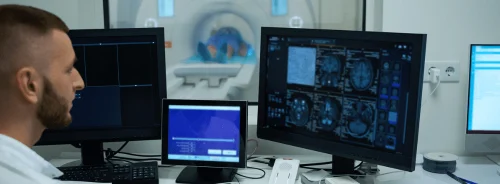HealthManagement, Volume 6 - Issue 5, 2006
Our Experience Integrating Mobile Technology
Author
DR HENRIK GREGERSEN
Chairman
Musculoskeletal Radiology
Section
Department of Radiology
Aalborg Hospital
Aalborg, Denmark
The healthcare environment is constantly changing. From paper reports and films, which facilitated patient contact, professionals then embraced digital data processing systems, for the most part not as a true digital patient record, but as fragmented systems. Nowadays, doctors and nurses are spending increasing time with computers, and have less time with patients or colleagues. To prevent isolation, going mobile is a new and exciting development that will remove the limitations of a previously rigid digital healthcare environment, and support best workflow.
Going Mobile in Aalborg
Under the auspices of a national and EU project called the Digital North Denmark, the County of Northern Jutland sought digital technology systems that allowed free and unhindered access to images and other patient data. The aim was to give healthcare professionals tools to support their way of working, instead of forcing staff to adapt to IT systems.
Radiologists and clinicians were equipped with a wireless PDA, on which they could search the PACS for image data and get access to the written report. There is also a project going on to implement RIS functionality on the wireless system. Nearly all PCs in the hospital allow unhindered access to all image data and functionality.
The RIS-PACS system enabling this uses streaming technology to distribute the image data (EasyViz, Medical Insight, Hedehusene, Denmark). All computing facilities, reconstructions and PACS and RIS functions are performed on a central server and the only data transfer to the user is the screen signal. This means there is no image data transfer, or large datasets to send via the network.
The Perfect Teleradiology System
From very early in the process, the ultimate goal was to establish a system giving the user the perfect teleradiologic system with:
• Real-time access to radiology data and patient information;
• Unrestricted use of wireless and mobile devices;
• Availability of diagnostic tools and functions;
• Equal access, functionality and performance whether on-site or remote.
This goal has now been achieved, enabling me to work from any PC in the hospital, from any wireless access point on a PDA or laptop computer.
This gives me free choice of location and hardware for any given task. Most reporting is performed on my office PC, as most of my reading is MRI and CT. X-rays are more often read on diagnostic workstations. I can also work from home. On a 2MB internet connection, there is a slight delay in the manipulation of the images, but the functionality is the same on my home PC, PDA or on the office PC. This saves time, especially in situations where several examinations need my attention simultaneously. The PDA is mostly used for orientation, but diagnostic work can be performed, at least for MR and CT images.
Limitations can, however, arise. Since practically all users are moving around the facility, or accessing the system from outside the institution, it must be made easy for each user to move from one computer to another or the system must be wireless. Moving from one computer to the next is, in an office setting, difficult. If it proves difficult to move your application from one computer to another, no one wants to move.
Conclusion
Adoption by clinicians has been mixed. Several clinicians are not availing of the wireless application, as either they are unaware of the functionality or prefer to use a stationary computer. Reactions to the use of PDAs are mainly scepticism about screen size or resolution, as well as battery life and the fact that input on a PDA is troublesome. Today, the vast majority of images are viewed on a PC. Few diagnostic workstations exist in clinical settings. This means a considerable saving for the hospital, and considerably easier viewing possibilities for the clinicians, as close to the patient as possible.�





